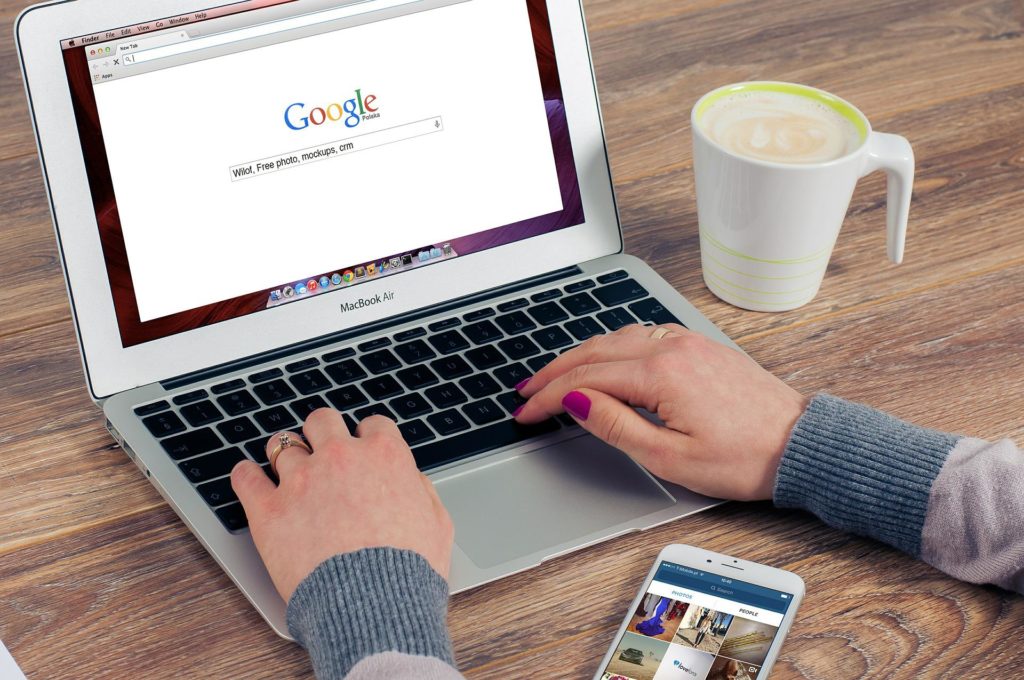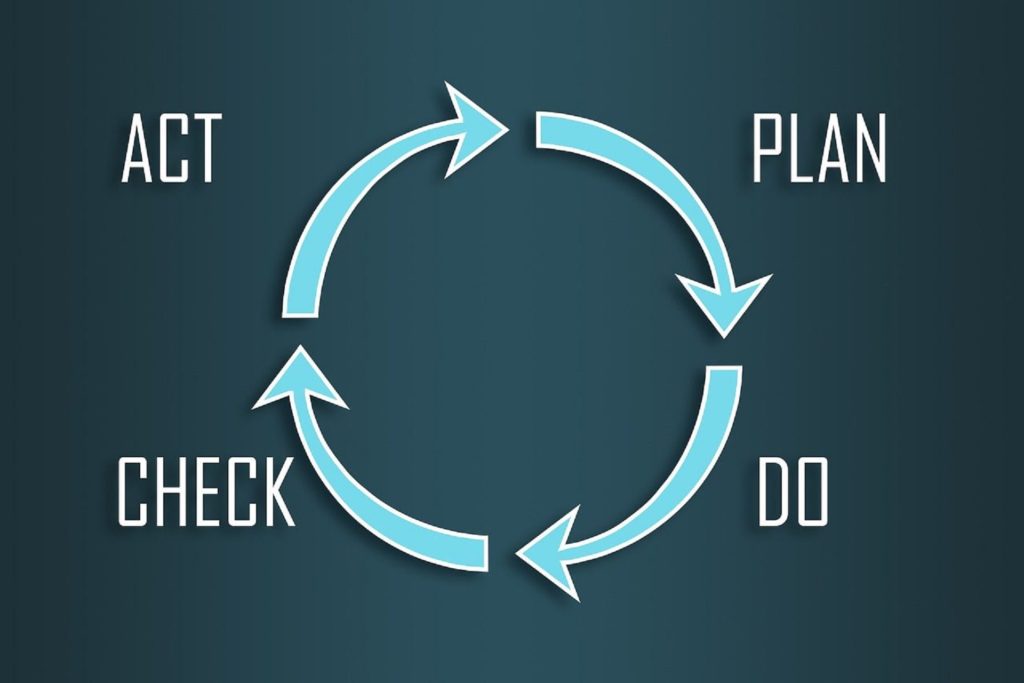A Google Account is a user account required to access, authenticate and authorize certain online Google services.It is also often used as a single sign-on for third-party services. Usage Gmail, Google Hangouts, Google Meet, and Blogger require a Google account. Some Google products don’t require an account, including Google Search, YouTube, Google Books, Google Finance, and Google Maps. However, an account is required to upload videos to YouTube and make changes to Google Maps. YouTube and Blogger maintain separate accounts for users who signed up for the Services prior to Google’s acquisition. However, since April 2011, YouTube users must be linked to a separate Google account if they wish to continue accessing this service. Google Account users can create a public Google profile to set up their appearance in Google products for other Google users. A Google profile can be linked to a user’s profiles on various social networks. and image hosting sites as well as user blogs. Third-party service providers may implement service authentication for Google account holders through the Google account mechanism. Security When creating a Google Account, users are asked to provide a recovery email address so they can reset their password if they forget it or their account is hacked. In some countries, such as the United States, United Kingdom, and India, Google may also require a one-time use of a mobile phone number to send an account validation code via SMS or voice when creating a new account. Invoice. Google also offers a two-step verification option for extra security against hacking, which asks for a validation code every time the user.
sign in to your Google account.The code is either generated by an app or sent to another account by Google as an SMS, voice message or email. Trusted devices can be “tagged” to bypass this 2-step login authentication. When this feature is enabled, software that cannot provide the validation code must use a unique 16-character alphanumeric password generated by Google in place of the user’s normal password. Politicians, journalists, political activists and wealthy individuals can opt into Google’s enhanced protection program.
*This program requires the user to purchase two U2F USB keys, not for data storage but for identity verification.U2F keys are used to provide two-step verification upon login. One serves as a backup in case the first one is lost. The advanced protection program includes additional security measures to protect the user account, such as B. Restrictions on the applications that the user can grant access to. to your account and a more comprehensive identity verification process to regain access to the account if you forget the password. On June 5, 2012, a new security feature was introduced to protect users from government-sponsored attacks. Whenever Google’s analysis suggests that a government has attempted to compromise an account, a warning is displayed: “Warning: We believe government-sponsored attackers are attempting to compromise your account or computer Introduced in 2016, which replaces Google Search History and Google Web History – allows users to view and delete data tracked by Google via Google Account All information is presented in a timeline-like layout. Users can opt out of tracking altogether, or remove specific activities that they don’t want tracked. Account suspension Google may suspend an account for a variety of reasons, such as: B. “unusual activity” or enter an age “not old enough” to have a Google account. Reactivation is available through web forms that require proof of identity with a valid photo ID or a $0.30 credit card payment. Other methods may require human interaction and may take “days to weeks” to complete.








